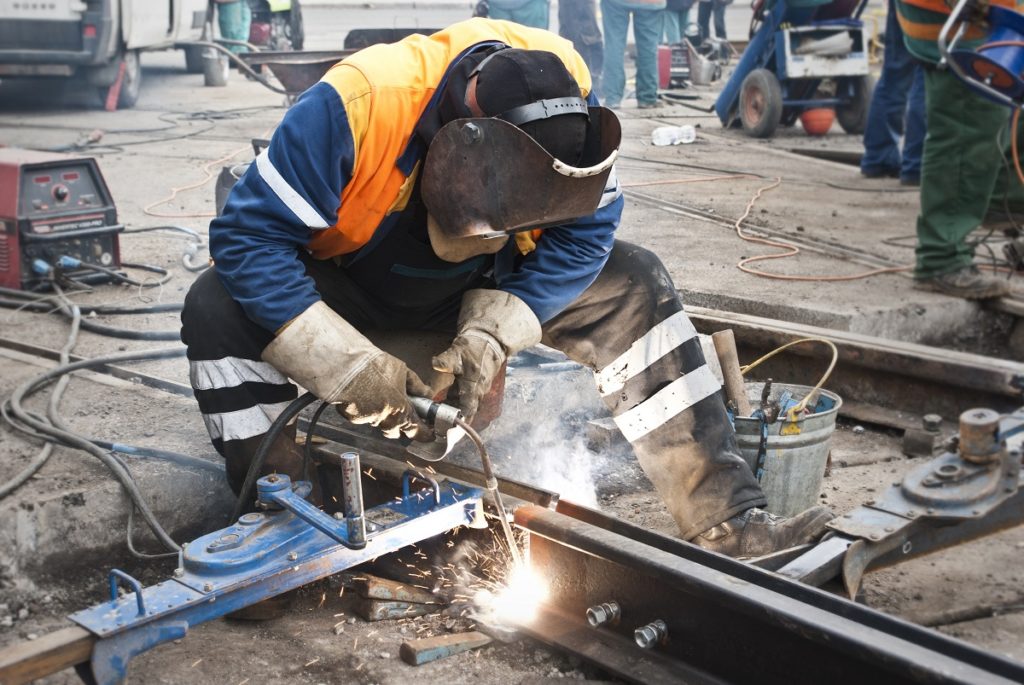There are different equipment you will need for a successful weld. One of the essential ones is a welding electrode. This is a metal made of a similar composition to the metal you are wielding. It transfers the arc from your welding torch to the metal to create a joint. You will need to evaluate different elements when picking your welding electrode to guarantee you choose the right one.
One of these aspects is the coating for the electrode you pick from welding equipment suppliers. Welding electrode coatings reduce impurities like sulfur, phosphorous and oxides which will impair your weld’s quality. They also reduce the surface tension between your molten metal and the electrode and the surface contamination to your metals from the environment. Here are the coating types for welding electrodes.
Cellulose
This coating is made from organic material particularly reprocessed low alloy or wood flour. Cellulose coatings are thin and offer easy slag removal. They are generally used for positional welding. The coating dissociates into carbon dioxide and hydrogen which will serve as the shielding gases in your weld. Some manufacturers add some stabilizers to their cellulose coating to enable you to use alternating current for welding.
Rutile

This is a titanium dioxide-based mineral. Titanium dioxide gives the coating a quiet arc, low levels of spatter and an easily controlled slag. Rutile coating is often used for welding low carbon steels in all welding positions. Some rutile-coated electrodes have added cellulose to enhance their gas shield and are called medium rutile electrodes.
Iron Oxide
This coating comprises manganese oxide and silicates in addition to the iron oxide to generate an acidic slag. Both alternating and direct currents can be used on iron oxide-coated electrodes. The electrodes might, however, produce a low strength weld because of their high oxygen content. Deoxidisers are hence added by some manufacturers to create a stronger weld and make the electrodes ideal for positional welding.
Hydrogen-Sodium
This contains a high portion of calcium fluoride or carbonate and is known as a low hydrogen coating. Asbestos, clays, cellulose along with other minerals which contain water do not comprise low hydrogen coatings. This guarantees low hydrogen content in your welding arc and a moderate or medium weld penetration rate for the electrodes. Hydrogen-sodium coating is usually used with direct currents.
Iron Powder
This coating will increase your electrodes’ efficiency and the deposition rate of your welds. It is often used with cellulose to enable the latter to handle an alternating current. Iron oxide also controls slag flow and is beneficial in positional welding.
Irrespective of your coating option from the above, you should keep your welding electrodes dry. This is because the moisture will destroy the properties of the coating and might cause excess spattering. The spattering will, in turn, cause the formation of cracks in the welded joints and make the electrodes porous. If however the electrodes are left in damp air for 2-3 hours, they should be dried at 5000F for approximately two hours before storage in an airtight container.

